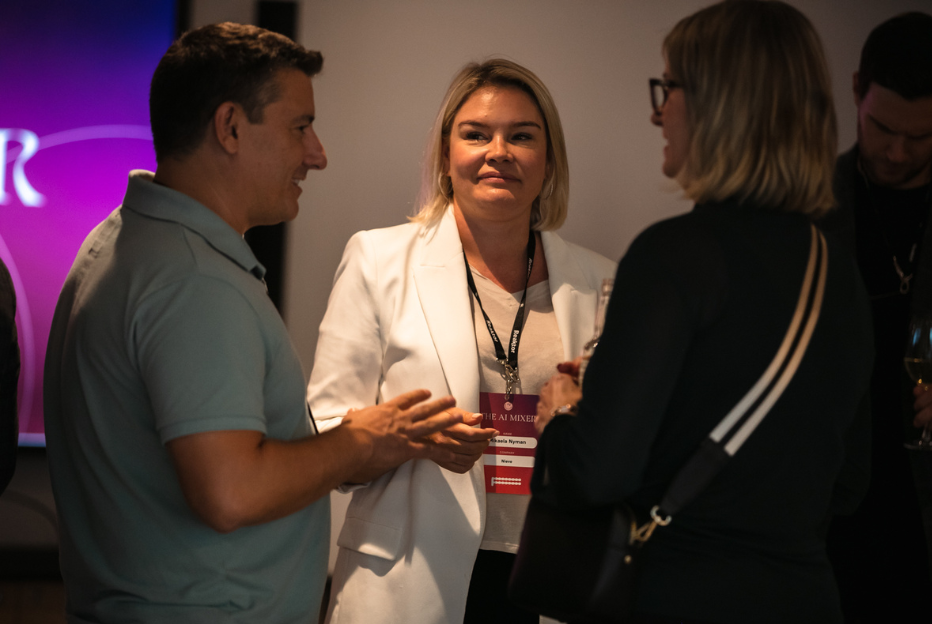Elo Mutual Pension Insurance Company
How to Make Hackathons Work Inside Organizations – Insights from Elo 2025

In partnership with


About
What they got was much more: feasible business ideas that would bring real customer value using already existing data and tools. Here are some insights on how to make the most of internal innovation initiatives, hackathons and learning events.
Best practices
1. Start with real business challenges
Six cross-functional teams worked on problems directly linked to Elo’s goals and targets. This gave everyone focus and created the sense that their ideas could actually matter. At Elo, people came together seamlessly and productively from the start, a cultural strength that made collaboration natural.
2. Provide expert coaching
Splended brought in Dr. Riku Ruotsalainen and Aleksi Nuuja from Reaktor as coaches. Their role wasn’t to tell teams what to do, but to challenge thinking, sharpen approaches, and push ideas further. Riku also joined the judging panel, ensuring feedback stayed practical and grounded.
3. Include the customer’s voice
This time, a customer judge was part of the process. That changed the dynamic, teams couldn’t just impress internally, they had to think about end-users from the very beginning.
4. Build a path forward
Unlike many hackathons that end with applause and a dead end, the winning team at Elothon earned the chance to pitch their idea directly to Elo’s group of executives. This raised the stakes and gave participants real ownership.
5. Enable rapid prototyping and iteration
Splended introduced Lovable as a prototyping tool, turning concepts into visible solutions quickly. Teams also had a practice pitch round with coaching and feedback and the improvement between rehearsal and final pitch was remarkable. This proves the power of feedback as a tool for rapid learning.
The result
Instead of a one-off hustle, Elothon became a step forward in Elo’s innovation strategy. Collaboration was smooth, the format worked, and the feedback was excellent. One participant summed it up well:
“The arrangements in general were well done. Lovable was a fantastic tool. Coaching and pitch practice was useful.”
It was important to have coaches to guide and challenge the participants’ business ideas. Building a feedback loop sped up learning tremendously. A comment from a participant reveals how learning is always tied to feelings:
“I especially liked the encouraging atmosphere and invaluable feedback from the judges. A great day overall!”
At Splended, we’ve learned that hackathons inside organizations only create value when they are designed as learning and innovation processes not just events. With clear business challenges, strong coaching, customer involvement, and a real path forward, hackathons can move from short-term energy bursts to solutions that actually benefit the customer.



